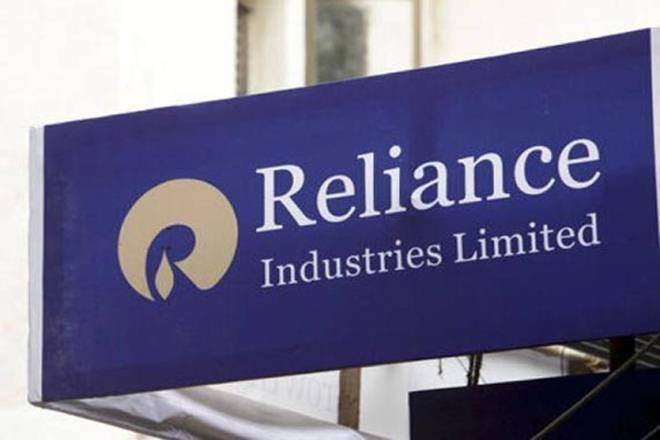Reliance Industries (RIL) reported its lowest ever other income in Q2FY19 since it diversified into businesses other than refining and petrochemicals at Rs 1,250 crore. It contributed 13.1% of profits in Q2FY19 compared with 36.5% of the earnings in Q3FY17.
Analysts pointed out the other income declined by 30% q-o-q led by lower treasury profits amid rising yields.
The yield on the 10-year benchmark bond, which saw volatility during the September quarter, had touched 8.2% in mid-September to hit a near four-year high, as a continued surge in crude oil prices and trade war spooked the market.
According to RIL’s FY18 annual report, the company had parked funds during the fiscal in various products, including shares, debentures, mutual funds, bank fixed deposits, certificate of deposits, government securities and corporate bonds.
“Other income was lower at Rs 8,862 crore as against Rs 9,443 crore in the previous year, primarily on account of adverse yield movement,” RIL’s annual report stated.
The average other income of the second most valued Indian company for 14 quarters through Q1FY19 stood at Rs 2,134 crore.
RIL’s total debt increased by more than threefold in eight years to `2.18 lakh crore at the end of FY18. The quarterly interest cost went up from about `1,000 core four years ago to Rs 3,932 crore in Q2FY19.
Interestingly, RIL’s FY18 other income of Rs 8,862 crore is more than the annual revenue of 71% of the BSE 500 universe for the year ending March 2018. Each of these 355 companies, which includes marquee names such as Dalmia Bharat, Jindal Saw, NCC, GMR Infrastructure, Havells India and Bharat Forge, saw 12-month net sales in the range of `7,965 crore to Rs 8,609 crore.
While RIL tops the list with an annual net profit of Rs 36,075 crore, only 13 companies reported earnings which is higher than RIL’s other income in FY18.
RIL’s shares plummeted 8% post Q2 results and are down about 20% since their record close on August 28.


